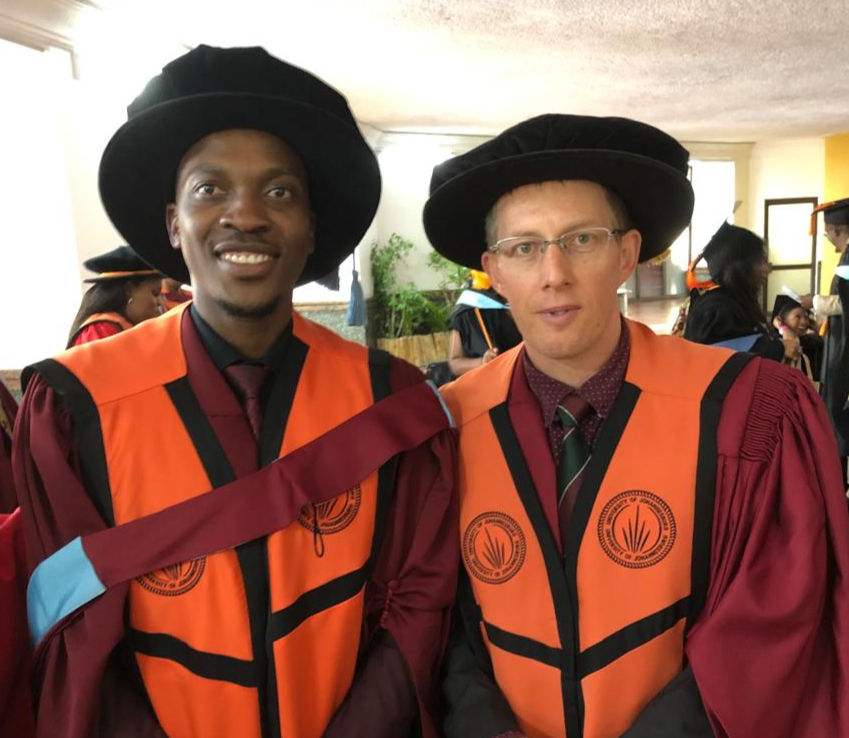Cracking the dumping conundrum
- Andrew Hartnack
- Jun 28, 2023
- 3 min read
Updated: Aug 8, 2023

In November 2022 I conducted an ethnographic study for the DG Murray Trust on the causes of littering and dumping in Gauteng. This research was commissioned to inform DGMT's Create Change campaign, which is being launched in 2023. I love the fact that DGMT is so committed to basing their campaigns on proper immersive research insights, and it is always a huge pleasure and honour to see my work contribute meaningfully to unfolding important campaigns, just as it did for the Zero Dropout Campaign.
I have done a lot of work in the education and health spaces, but this project was a real return to my roots as an environmentalist. I was the chair of my school's environmental protection club and my first real job after my honours degree was as the information officer for Zimbabwe's leading environmental NGO, Environment Africa. I spent a lot of time participating in clean-up campaigns around the country (including in the Victoria Falls rainforest area, which my great-grandfather was in charge of in the 1920s!) and visiting sites where environmental problems were surfacing back in the early 2000s.
As part of the DGMT study, I spent a week traversing the province's informal areas, conducting in-depth participatory research in Saulsville (west of Pretoria) and Diepsloot (north-west of Johannesburg). We also visited an innovative recycling initiative in Soweto, and the fascinating 'plastic city' settlement in Brakpan, on the East Rand. I conducted participatory research processes with local community members and activists, including transect walks and participatory mapping exercises. This was to understand the dynamics, causes and spatiality of dumping in these communities.

What emerged was a complex picture of how historical and systemic factors have combined with behavioural factors to create a situation seen here - the pervasive dumpsites along almost every road and open space in townships such as Saulsville and Diepsloot. Of course, inadequate refuse collection in both formal and informal sections of these settlements is largely to blame. Informal settlements hardly receive any services as they are unrecognised by the authorities, and garbage trucks often cannot enter them in any case. Formal areas also suffer because the one municipal bin provided per household is hopelessly inadequate in the context of pervasive back-yarding, in which five or six families share one formal plot and one bin. The result is that even if there is a reliable weekly collection, people empty their overflowing bins after two days. Another key finding was that informal businesses are not serviced, and much of the dumped waste is in fact not from households but from local creches (nappies, food), builders or food outlets. It is also apparent that people from more affluent suburbs drive to the township peripheries and dump their rubble and other waste there.

Of course the rampant consumerism and production of single-use plastic and polystyrene packaging is a major cause of this problem. Dumped trash from the townships gets washed down rivers like the Hennops during floods, polluting key water sources and contributing to diseases such as the cholera outbreak in nearby Hammanskraal in mid-2023. The amount of plastic and polystyrene coming down the flooded river was staggering and alarming.
Although the problem appears to be overwhelming and depressing, the research also points to a number of inspirational solutions, which I will share in a future post. One of these involves the new regulations around producer responsibility for their packaging. It is clear that a systemic solution is needed, not merely regular clean-up campaigns, which remove litter, only to see it back a week later.




Comments